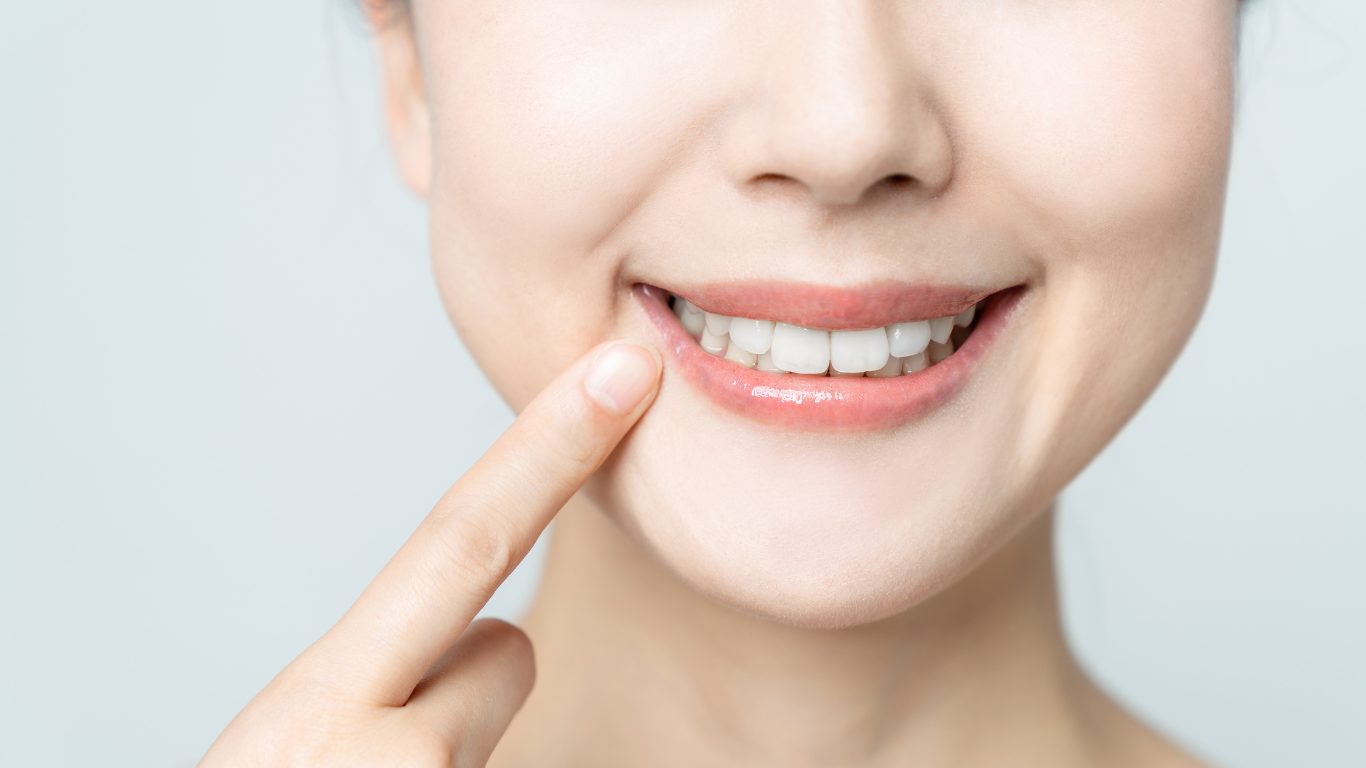
How Effective is Invisalign?
October 30, 2023
How to Improve Your Smile
November 21, 2023Key Takeaways:
Versatile Cosmetic Treatment:
Dental bonding can address various issues like chipped teeth, gaps, and discoloration, improving both aesthetics and function.
Less Invasive and Affordable:
Unlike veneers and crowns, bonding preserves more natural tooth structure and is a more affordable treatment option.
Durability Considerations:
While dental bonding is effective, it may require touch-ups over time as the material is less durable than porcelain and can discolor more quickly.
Patients often ask us, “What is dental bonding?” As cosmetic dentistry specialists, we offer a range of treatments that help people like you achieve the smile of their dreams.
Dental bonding is one of these options. Basically, dental bonding refers to bonding tooth-colored resin to the tooth for one of many purposes. It’s a plastic resin that can be molded to the tooth,
Bonding is an excellent cosmetic and sometimes therapeutic option for a range of issues. It’s both versatile and reversible.
However, like every other treatment, it is perfect for some people but not suitable for others. This article is meant as a starting point in your research and isn’t a substitute for personalized dental care. We encourage you to visit a cosmetic dentist to learn more if you want dental bonding.
How Dental Bonding Can Improve the Look of Your Smile
Dental bonding is often part of a smile makeover, which is a custom-made package of two or more cosmetic dental procedures. It’s also a stand-alone service to fix minor imperfections.
Bonding may repair small cracks and chips in a tooth, improve the appearance of gaps, build up an unusually small tooth, and change a tooth’s shape or color. The dental composite material used for bonding is similar to the composite used for tooth-colored fillings and other treatments.
Sometimes, the composite material is also used for “composite veneers,” which look like veneers but are made by covering the tooth with the bonding material. It’s not as durable as porcelain veneers but is less invasive, removing less of the tooth’s precious enamel.
While we mentioned some of the applications, we know lists are helpful to many people. Dental bonding can help improve the appearance of an individual tooth in the following ways:
- It can be molded to fix a chipped or broken tooth visually
- It can fill in a small crack
- It can cover and visually correct a stained tooth
- It can fill in gaps
- It can make a proportionately small tooth look larger
- It can fill in cavities without leaving a dark filling
- It can improve the shape of an unattractive tooth
- It can make a tooth look straighter
- It can smooth out imperfections
Benefits of Dental Bonding
Since the composite resin is so versatile, dental bonding can help improve the appearance of individual teeth in various ways. There are several advantages from a cosmetic dentistry perspective, including:
- The composite resin used in bonding can be shaped and polished to match the natural teeth, so it is well-suited for treating front teeth.
- Traditional veneers and crowns require the removal of a bit of tooth enamel to prepare the tooth. Bonding is more additive, preserving more of the natural tooth structure.
- Dental bonding is typically a fast procedure that can be completed anywhere between 30 to 60 minutes per tooth.
- Dental bonding is affordable compared to other cosmetic procedures like veneers and crowns.
- It’s less invasive than some dental treatments.
- It’s a quick treatment requiring little or no downtime.
The downsides are minimal. The composite resin isn’t as strong as your natural teeth, so it may become damaged if you grind or bite down on complex objects. Prepping the tooth may remove a little resin but less than veneers or crowns. The composite resin doesn’t last as long as porcelain, requiring touch-ups or repairs every few years. Bonding does lose its shine over time and can discolor much quicker than porcelain veneers.
What to Expect When Getting Dental Bonding Done
The exact details may vary a little depending on the purpose of your dental bonding treatment. Here is a brief, general overview of the procedure:
- Your dentist may administer local anesthetic if needed for your comfort
- Your dentist cleans the tooth for a smooth surface to bond the resin and applies an adhesive.
- Your dentist then applies the resin and molds it.
- Next, the composite resin is set up using a UV light.
- Finally, your dentist buffs and polishes it for a natural look.
If you have any questions, ask your dentist. Most dental bonding procedures are completed within one visit, but that depends on how many teeth you are having treated and the extent of the work.
Maintaining The Look of Your Dental Bonding
Since the composite resin isn’t as strong as your tooth enamel, you must be careful with your teeth to maintain the cosmetic results. Be sure to:
- Gently brush your teeth at least twice a day using a soft-bristled toothbrush and floss daily.
- Avoid eating hard food and hard or sticky candy.
- If you bite your nails, quit.
- Avoid coffee, tea, and tobacco for a couple of days after you receive dental bonding to prevent stains.
- Limit consumption of coffee, tea, red wine, soda, and other beverages that stain teeth, as they may also stain the composite resin.
- Quit smoking if you are a smoker, as it will stain the resins.
- Get your recommended dental cleanings and exams every six months, or however often your dentist recommends it.
- Wear a mouth guard during contact sports.
Next Steps: Schedule a Consultation With a Cosmetic Dentist
As with any cosmetic dental treatment, it all starts with a consultation. During this appointment, your dentist will discuss your aesthetic goals to identify the treatment options most likely to meet your goals.
Since cosmetic dentists are first and foremost dentists, yours will also assess whether your teeth are healthy enough for the treatment and will want to review your dental and health history. Take the opportunity to ask questions. The goal is to give you the smile you want.
Southview Dentistry proudly serves the Charlotte, NC area. We love seeing confident and radiant smiles on our patients when they see results they love. We also offer the full range of general preventative health dentistry. We aim to help you look your best while enjoying good oral health.
Contact us today to schedule an appointment.




